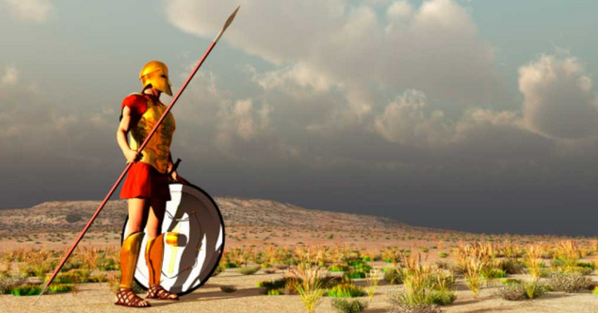Hoplite comes from the Greek word “ ta hopla ,” which means “tool” or “equipment,” and was the name given to legions of citizen soldiers who were tasked with protecting their territories from outside challengers. With the exception of Sparta, which had a permanent professional army, ancient Greek civilizations only called up soldiers when absolutely necessary. Greek hoplites, armed with a variety of weapons and bronze armor, were an incredibly strong military force and innovators of a battlefield formation known as the phalanx. The phalanx remains one of the most effective tactics ever conceived and was responsible for one of the least likely victories ever accomplished at the Battle of Marathon in 490 BC.
Erdogan’s aide Erhan says Aegean islands belong to Turkey (video)
The Hoplite Armory
Hoplites or Greek citizen soldiers, were usually armed with three different types of weapons, and each would serve different functions. The first, which enabled hoplites to thrust from a distance, was a long wooden spear, called a doru, which had an average length of 2.5 meters (8.2 feet) and was tipped with a bronze or iron blade and surrounded by a four-pronged spike on its sides called a sauroter. For more close combat use, they were also equipped with a short-sword called a machaira or kopis which was conventionally just under 60 centimeters (2 feet) long. An additional dagger, called an encheiredon, would ensure that the hoplite could still protect himself if he found himself in a tricky situation on the battlefield and was unable to use his two main weapons.
Read more: Ancient Origins





































